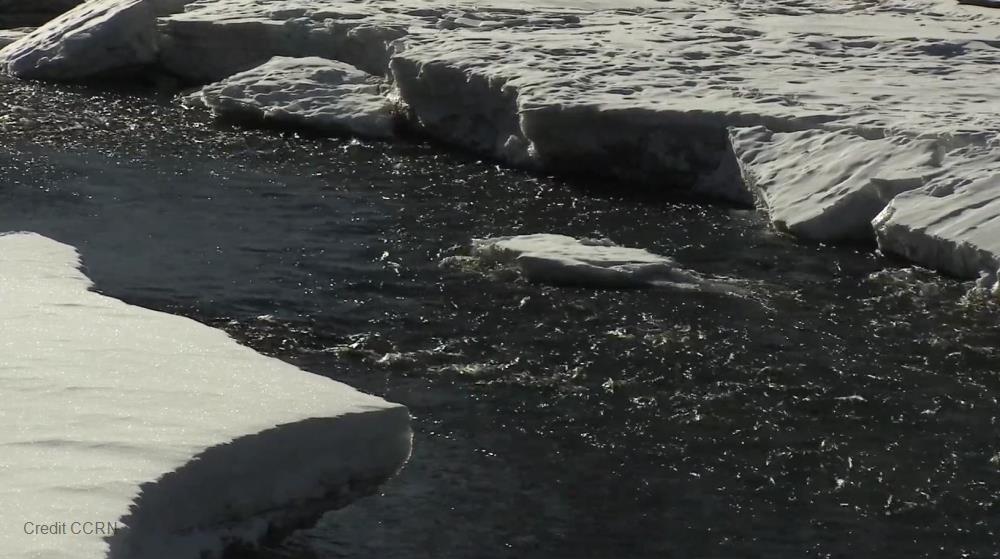
Related items loading ...
Section 1: Publication
Publication Type
Conference Poster
Authorship
Radosavljevic, J., Slowinski, S., Shafii, M., Rezanezhad, F., Akbarzadeh, Z., Withers, W., Van Cappellen, P.
Title
Salinization enhances eutrophication in a cold temperate urban lake
Year
2022
Publication Outlet
2022 Goldschmidt Conference, 2022 and UWspace
DOI
ISBN
ISSN
Citation
Radosavljevic, J., Slowinski, S., Shafii, M., Rezanezhad, F., Akbarzadeh, Z., Withers, W., Van Cappellen, P. (2022) Salinization enhances eutrophication in a cold temperate urban lake. 2022 Goldschmidt Conference, 2022.
https://conf.goldschmidt.info/goldschmidt/2022/meetingapp.cgi/Paper/11504
Abstract
Salinization of inland freshwaters is observed around the world, but particularly in cold temperate regions due to the runoff of salt applied on roads as de-icing agents during the winter. This is the case for Lake Wilcox, a shallow kettle lake located within the greater Toronto metropolitan area in Ontario, Canada. Since the early 1900s, the lake’s watershed has experienced major land use change, including urban growth. Expanding urban imperviousness has been accompanied by noticeable water quality deterioration, including water column dissolved oxygen (DO) depletion and increases in seasonal chlorophyll concentrations and algal blooms. We analyzed 23 years (1996–2018) of water chemistry, land use, and climate data using principal component analysis (PCA) and multiple linear regression (MLR). Dimensionality reduction of the entire water quality dataset yielded four principal components (PCs) that could explain 76% of the data variability of the concentrations of DO, and phosphorus (P) and nitrogen (N) species. The MLR results revealed that the intensity of stratification, quantified by the Brunt-Väisälä frequency, as well as watershed imperviousness and lake chloride concentrations were the most important predictors of the water quality changes represented by the four PCs. We conclude that the observed in-lake water quality trends over the past two decades are linked to urbanization via increased salinization associated with expanding impervious land cover, rather than increasing external P loading to the lake. The rising salinity strengthens water column stratification, hence, reducing the oxygenation of the hypolimnion that, in turn enhances the recycling of P from the bottom sediments to the water column (i.e., internal P loading). Thus, stricter controls on the application and runoff of de-icing salts should be considered as part of managing lake eutrophication in cold climate regions.
Plain Language Summary


 GWFNet
GWFNet Master
Master Data
Data Research
Research Map
Map
 Advanced
Advanced Tools
Tools
 . . .
. . .
 Metadata Editor
Metadata Editor
 Record List
Record List
 Alias List Editor
Alias List Editor
 Legacy sites
Legacy sites